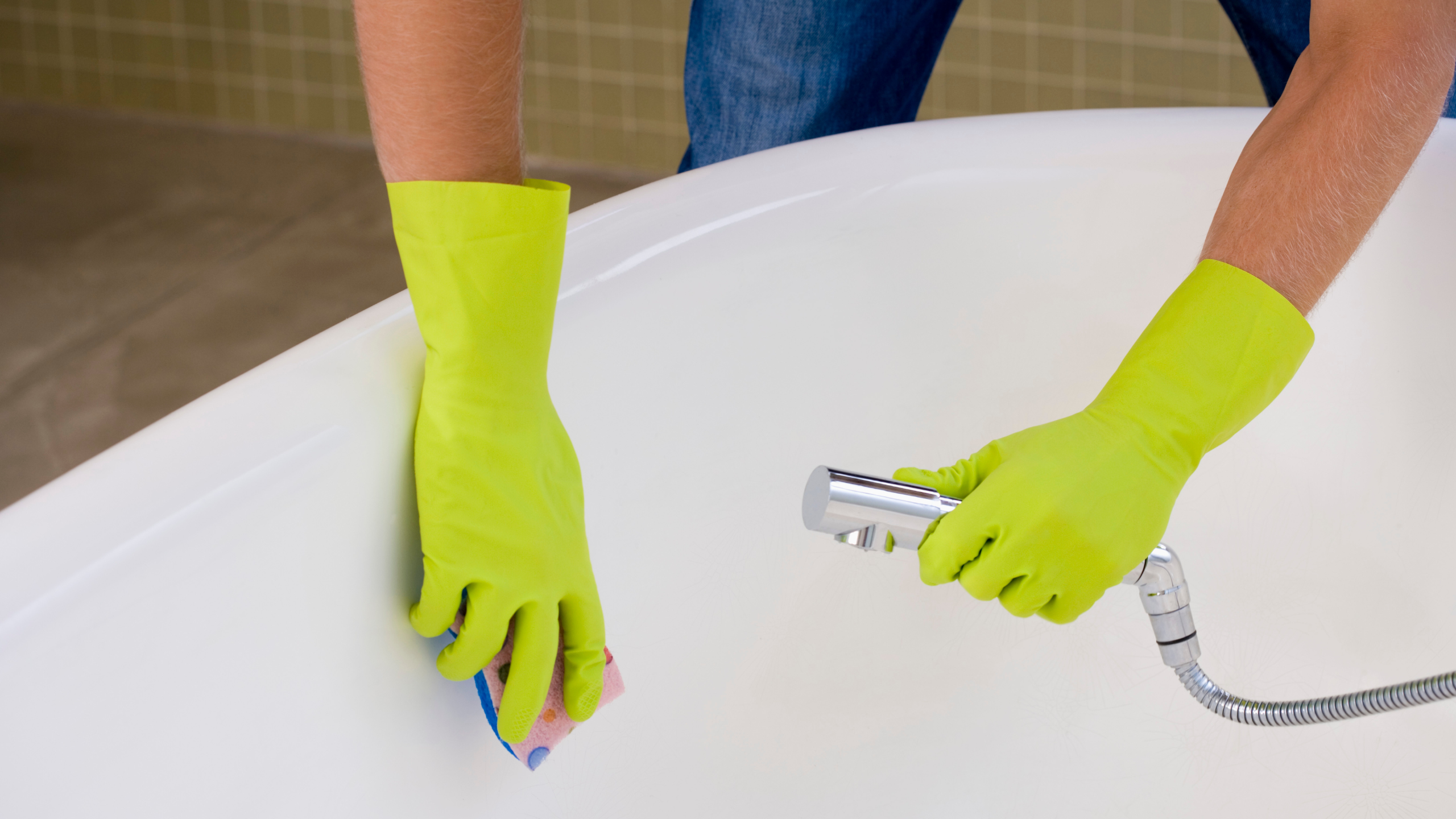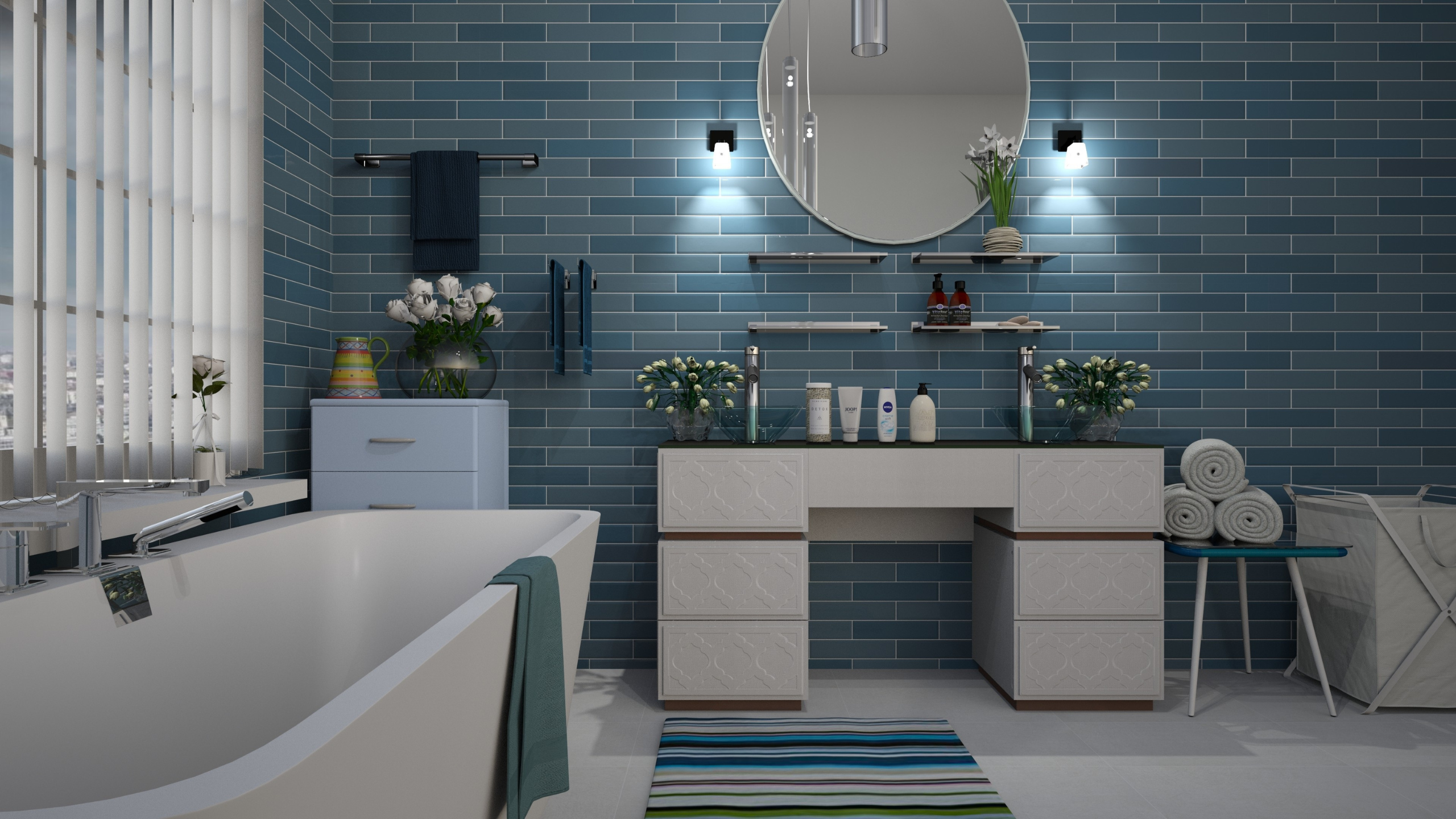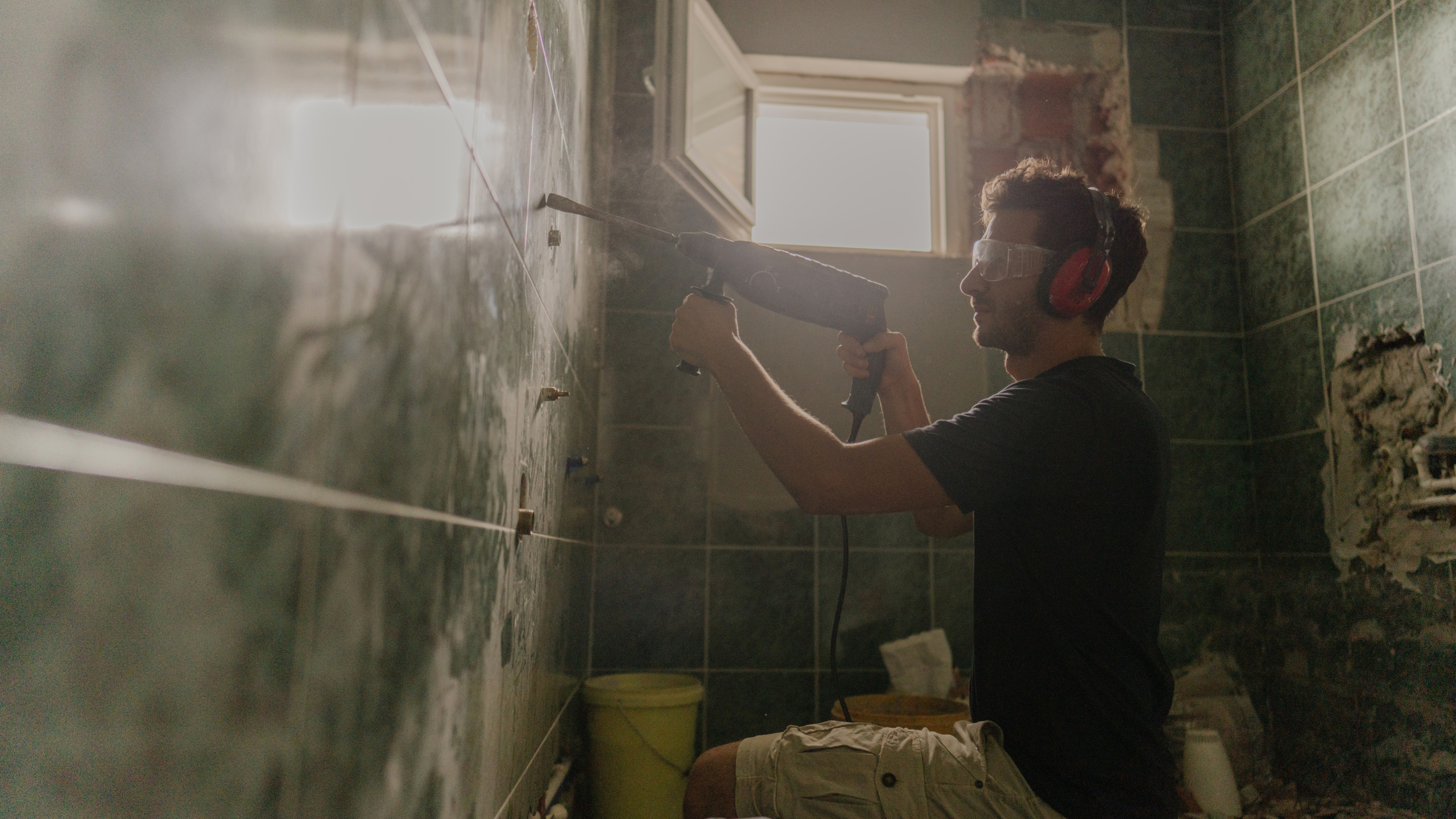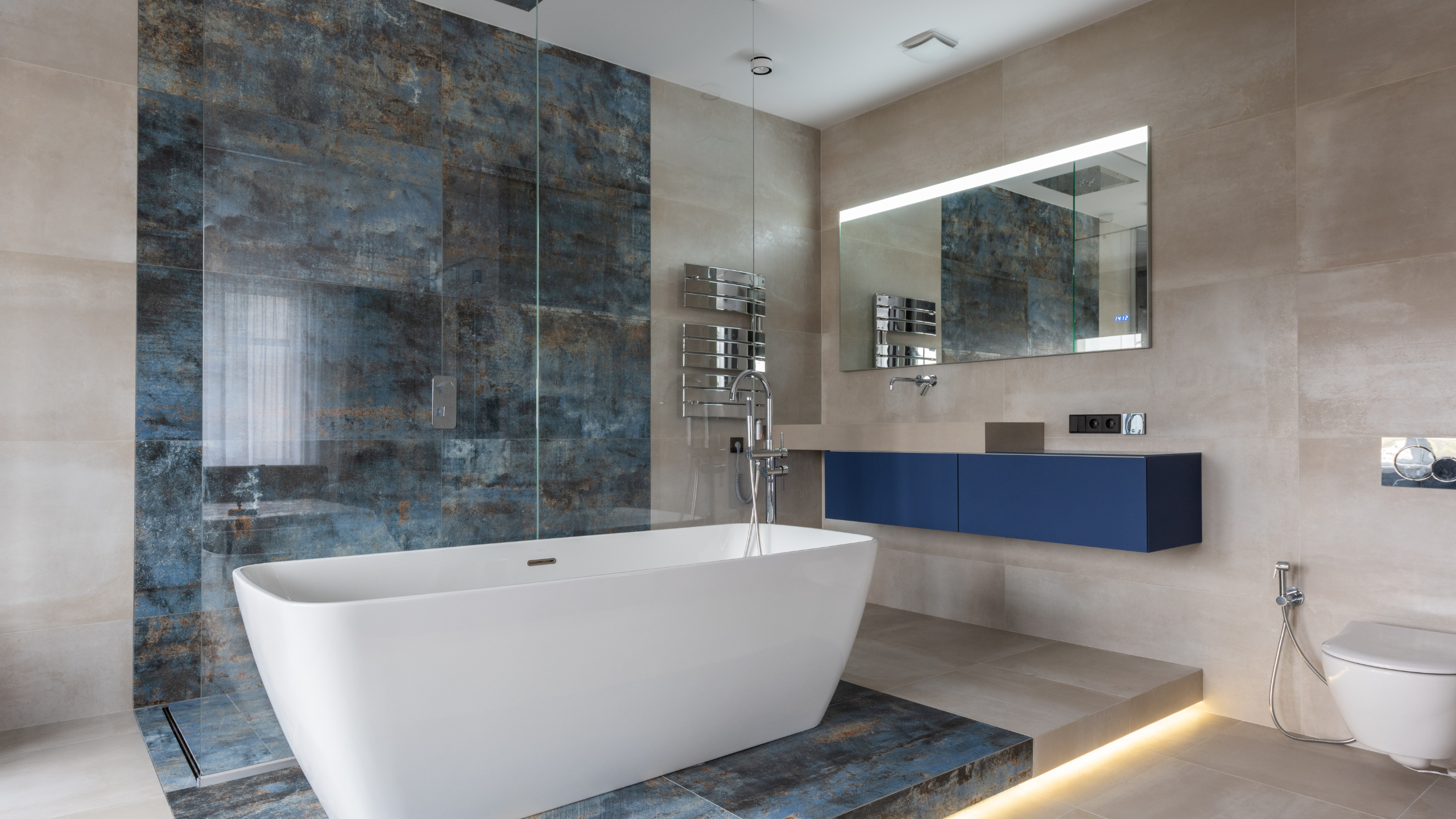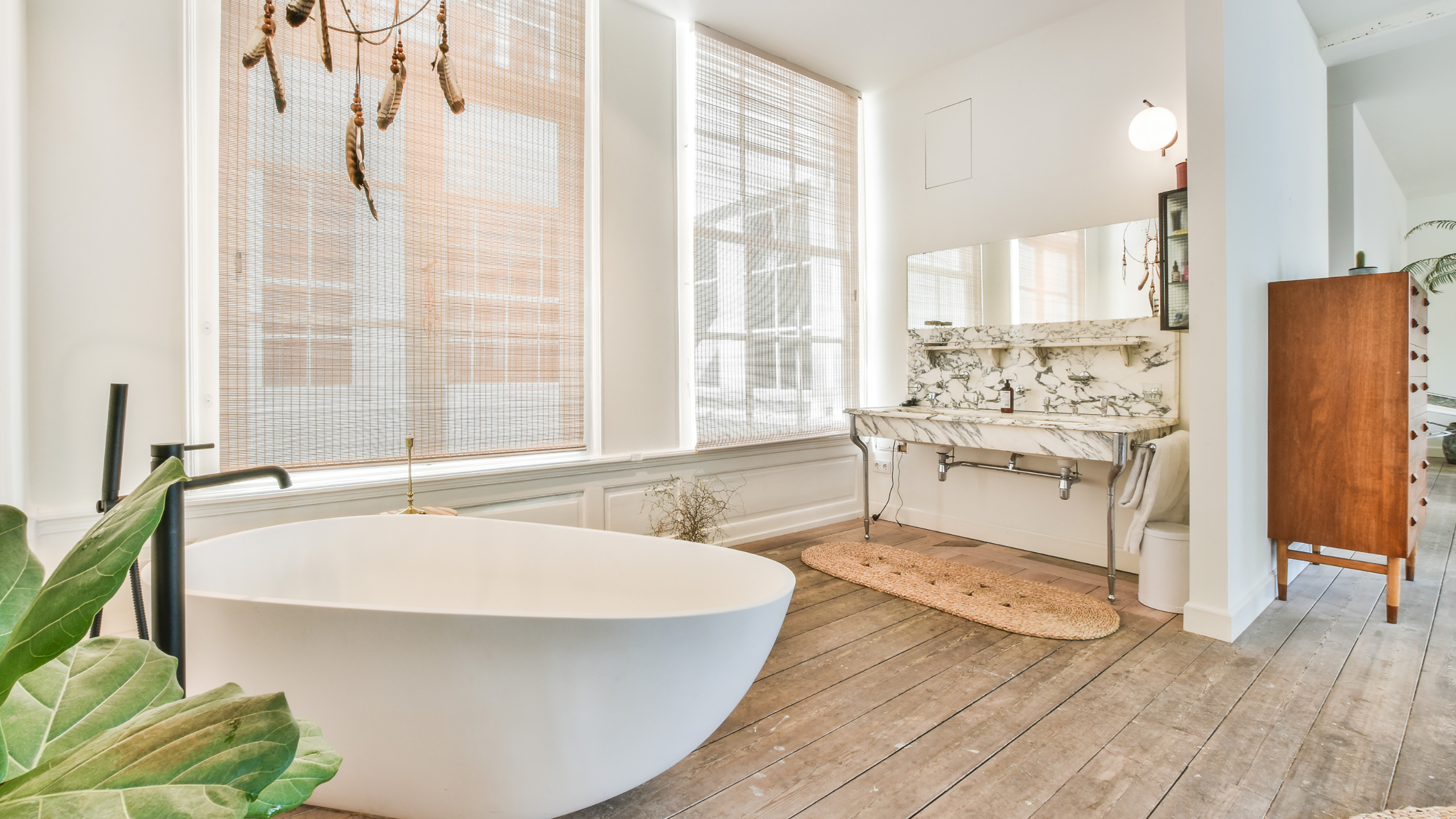Selecting the ideal bathtub for your home may feel overwhelming. Your bathtub is a big part of your bathroom’s look, as is how comfy it feels. So, it’s essential to know about the different types of bathtubs. Each type has its own good and bad points. Once you know them, you can pick the one that suits you best.
This article will help you understand the many kinds of bathtubs and materials available. We’ll look at each one carefully to see what makes them unique and what might be good or not so good about them. By learning about these options, you’ll be better equipped to choose the right bathtub. Let’s start exploring to find the best bathtub for your bathroom!
Transform your home with Ek Philadelphia Tub Reglazing and Refinishing’s expert resurfacing services. With a focus on customer satisfaction, we’ve honed our craft over two decades, specializing in the restoration of bathtubs, tiles, and countertops. Contact us now for a quote and experience the difference firsthand!
Popular Bathtubs and Materials
When creating the perfect bathroom sanctuary, selecting the right bathtub is paramount. From luxurious soaking experiences to practical space-saving solutions, the world of bathtubs offers diverse options to suit every need and preference. In this comprehensive guide, we’ll explore the different types of bathtubs available on the market, helping you navigate through the myriad of choices with confidence and clarity.
1. Alcove Bathtubs:
Alcove bathtubs are the quintessential choice for many bathrooms, and they are known for their space-saving design and accessibility. These bathtubs are typically installed against three walls, which is ideal for smaller spaces or bathrooms with a traditional layout. Available in various materials such as acrylic, fiberglass, and enameled steel, alcove bathtubs offer versatility and affordability. However, they may lack the visual impact of freestanding tubs and require additional maintenance to prevent mold and mildew buildup in the alcove area.
2. Freestanding Bathtubs:
Freestanding bathtubs exude elegance and sophistication, often becoming the focal point of a bathroom’s design. These freestanding tubs are made of different materials, sizes, and forms. including acrylic, cast iron, and stone resin. Offering unparalleled versatility and luxury, freestanding bathtubs provide ample opportunity for customization and personalization. While they require more floor space and may be more expensive than other solutions, their visual beauty and spa-like ambiance make them a popular choice among homeowners seeking to create a luxurious retreat within their own homes.
3. Corner Bathtubs:
Ideal for maximizing space in smaller bathrooms, corner bathtubs fit snugly into the corner of a room, effectively utilizing otherwise unused space. These bathtubs are available in various shapes and configurations, from traditional rectangular designs to contemporary triangular or oval tubs. Made from materials such as acrylic and fiberglass, corner bathtubs offer a practical solution for homeowners looking to optimize their bathroom layout without sacrificing style or comfort. However, their unique shape may limit bathing positions and accessibility for some users.
4. Drop-In Bathtubs:
Drop-in bathtubs are installed into a framed enclosure and finished with a surrounding deck, creating a seamless and integrated look. These customizable tubs offer versatility in design and material choices, allowing homeowners to create a tailored bathing experience that meets their needs and preferences. Available in materials ranging from acrylic to cast iron, drop-in bathtubs combine functionality with aesthetics, making them a popular choice for those seeking a customized and cohesive bathroom design.
By understanding the different types of bathtubs accessible and their benefits and drawbacks, you may choose the perfect bathtub for your bathroom. Whether you prioritize space-saving functionality, luxurious aesthetics, or customizable design options, there’s a bathtub to suit your unique lifestyle and preferences. So, take your time exploring the various choices and think about speaking with an expert to make sure you find the perfect bathtub to transform your bathroom into a relaxing and rejuvenating retreat. Ished with a surrounding deck, these tubs offer versatility in design and material choices.
Bathtub Materials: Pros and Cons
1. Acrylic: Pros include affordability, lightweight, and a wide range of shapes and sizes. However, they may scratch easily and lack the durability of other materials.
2. Fiberglass: Cost-effective and easy to install, fiberglass tubs are lightweight and resistant to scratches. On the downside, they may fade and aren’t as durable as other materials.
3. Cast Iron: Known for their durability and heat retention, cast iron tubs are luxurious and long-lasting. But because they’re hefty, you might need extra help installing them.
4. Stone Resin: These high-end tubs offer a natural, luxurious look and excellent heat retention. However, they are heavy and may be expensive.
Conclusion
When choosing a bathtub for your bathroom, it’s essential to consider your budget, space limitations, and personal preferences. Each type of bathtub material comes withoffers benefits and drawbacks, therefore carefully consider both before deciding a decision. Additionally, hiring a quality contractor can ensure proper installation, maximizing your bathtub’s lifespan and functionality. With the right bathtub, You may make your bathroom a rejuvenating and relaxing retreat.


